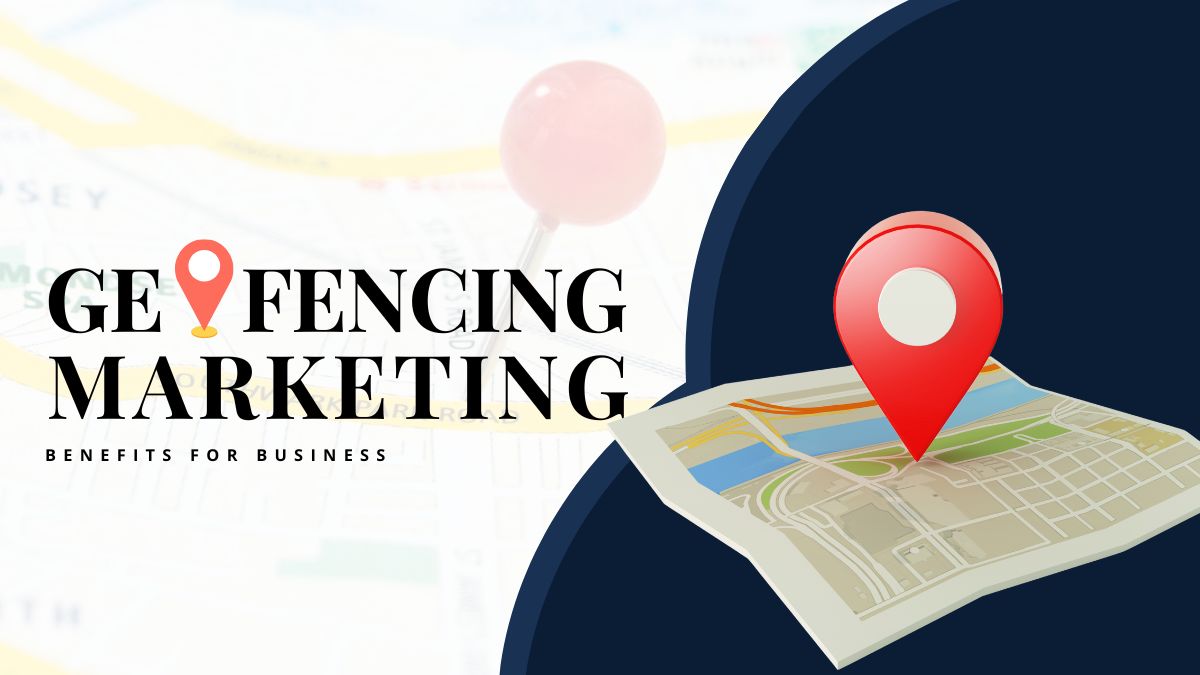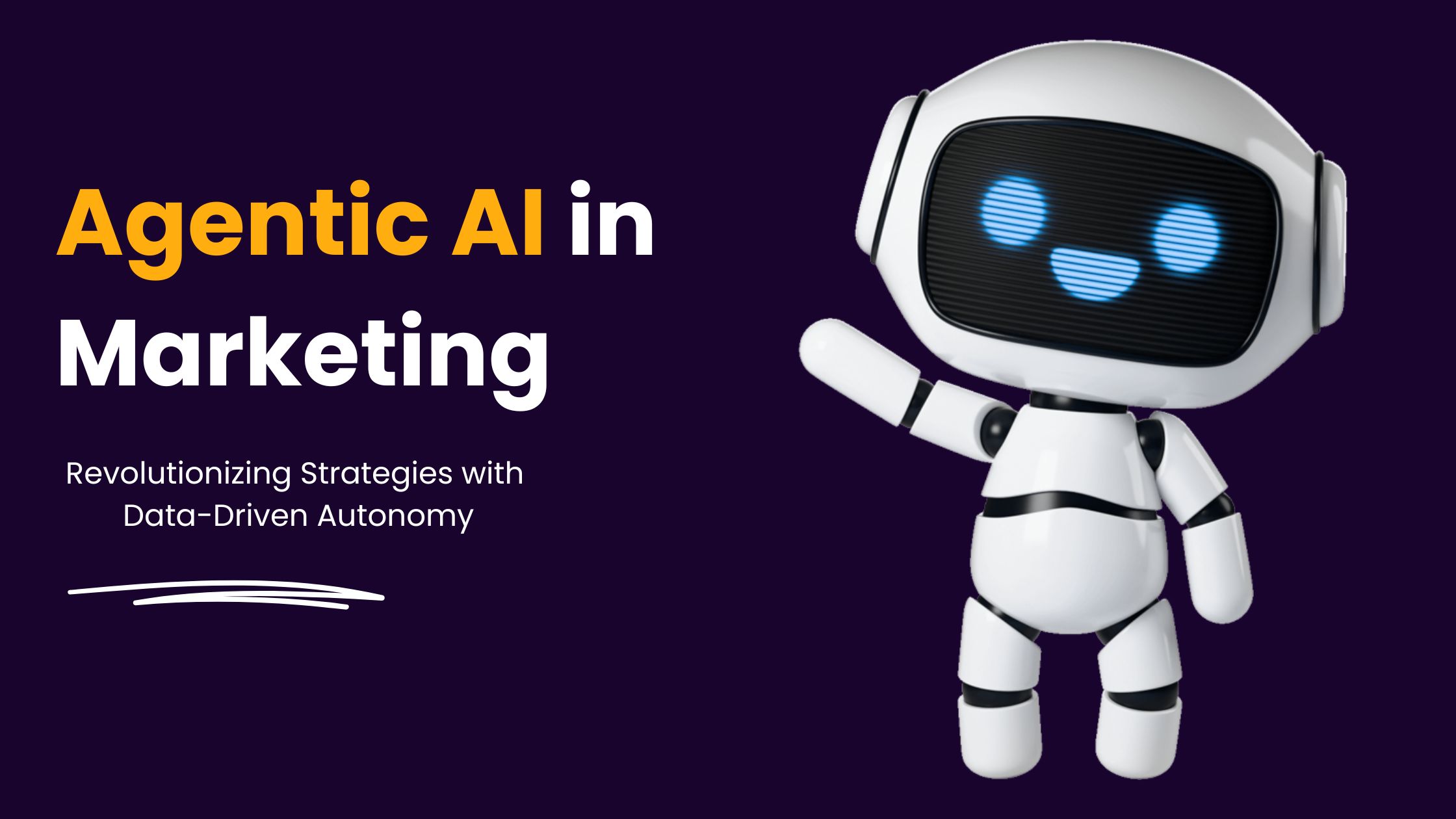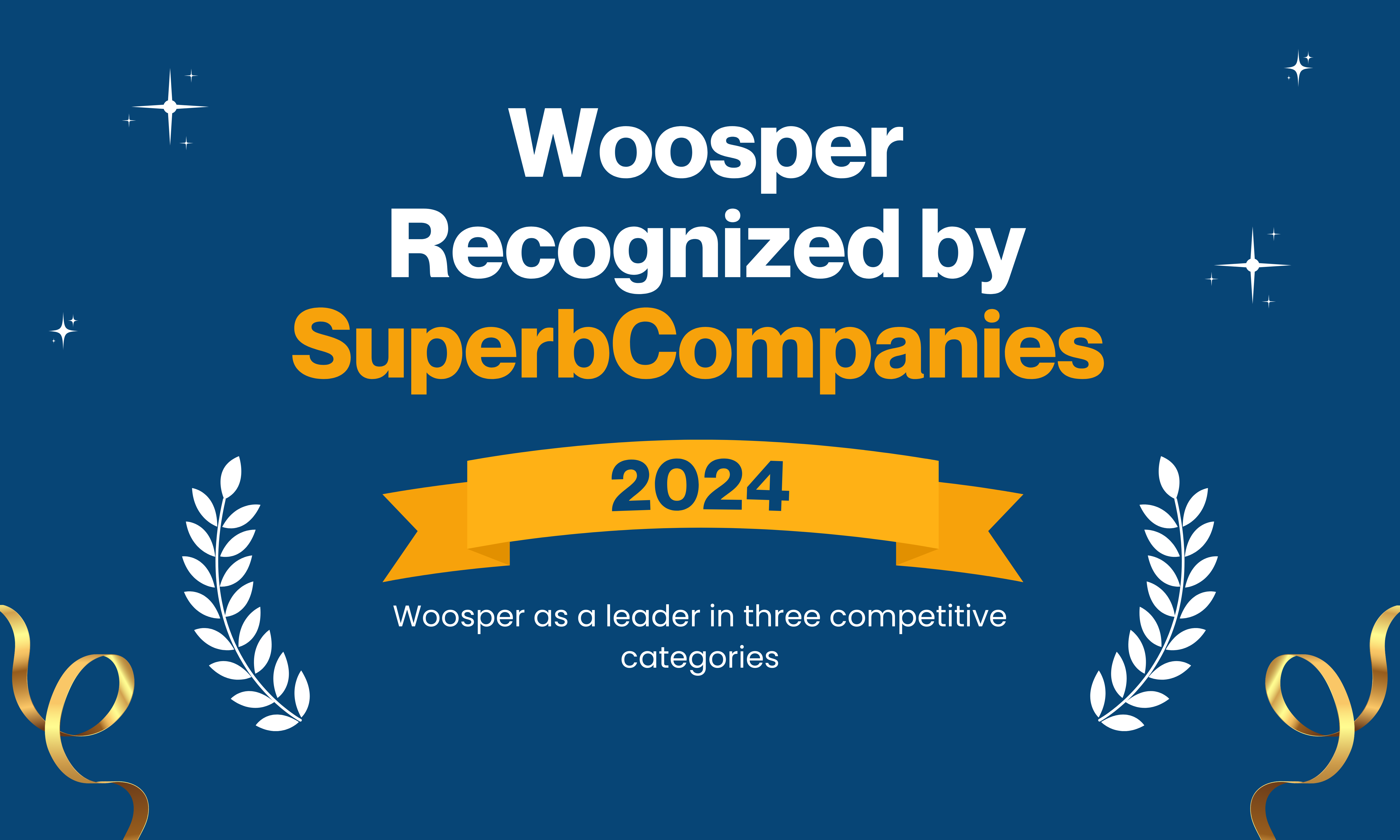You can use Geofencing marketing to reach out to your target audience while they are shopping with your competitor, browsing your offline or online store, or even preparing to use your service. But first let’s understand what geofencing marketing is.
Consider how much more efficient it is to target specific buildings and areas for a company as opposed to a 1-mile or 2-mile radius of the location you want to target. You can use geofencing to create individual fences around specific locations where you know your ideal client frequents. Consider a personal injury attorney who wishes to reach out to accident victims. Targeting hospitals and ER centers may be the ideal place to showcase your ads in order to increase awareness and direct response for your law firm.
What is Geofencing Marketing?
Geofencing marketing is a type of location-based advertising that allows marketers to more precisely target their advertising and content delivery based on the targeted area such as a store, mobile apps, or mobile websites. Marketers can better connect with the people who live in those areas by using geofencing marketing. Before approaching the top digital marketing Agency to enlist their services for Geofence marketing, it is critical that you become more acquainted with the intricacies of this type of marketing.

Technologies Used in Geofencing Marketing
Geofencing, as a location-based technology, relies on a number of technologies, including Wi-Fi, GPS, radio-frequency identification (RFID), and Bluetooth. That was unthinkable decades ago, but it is now a reality for business owners.
Geofence technology, used in location-based marketing, essentially creates a virtual boundary that automatically targets consumers who cross the boundary into the geofenced area. Geofencing marketing is an effective tool for marketing teams to deliver brand messages to the right customers at the right time.
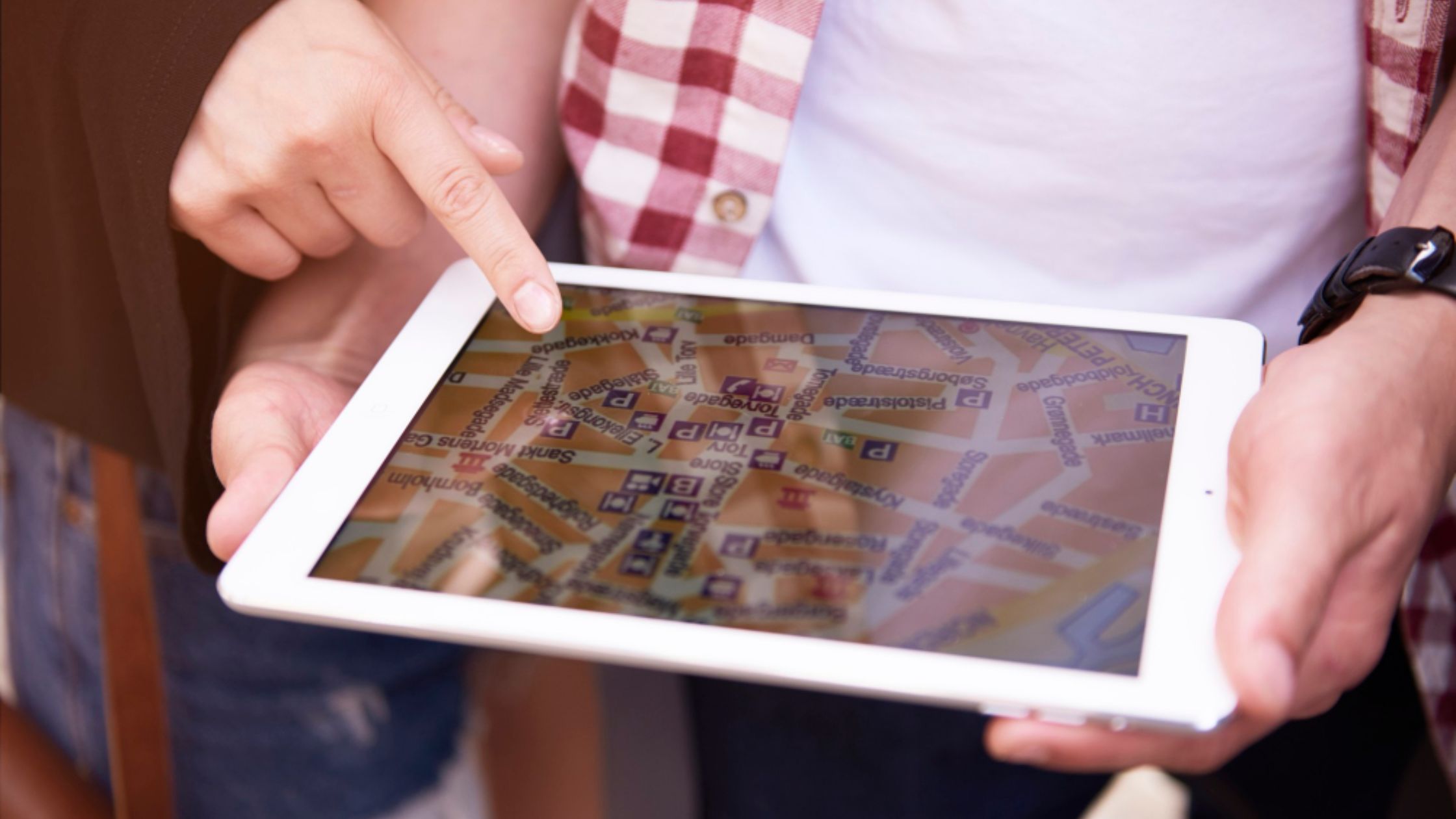
The marketing team creates advertisements and content that are specifically tailored to the targeted consumers. People in New York City have very different needs and priorities than people in rural Kansas, so creating content that appeals to both audiences would almost certainly be a waste of time.
Geofencing works by directing internet-capable devices within the geofenced area. Customers may receive alerts or notifications about your brand’s current offers, limited-time promotions, and events where they can interact with your brand when they travel into these areas.
Let’s look at a few examples of how Geofencing Marketing can take place
- Law firms and healthcare providers, for example, can geofence their advertising efforts to specific service areas.
- Companies that travel for marketing events and industry conferences could use geofences to establish brand awareness ahead of their local appearances.
- A business owner could set up a geofence to capture potential customers who are leaving a competitor’s location in order to entice them with more appealing deals.
- A physical retail store could set up a geofence in the vicinity of its physical location. A business owner, for example, could set the geofence to a 20-mile radius around the store to focus on the nearest potential customers.
Cost of Geofencing Marketing
Geofencing marketing costs, on average, between USD 4-USD 14 CPM (cpm=cost per thousand impressions). Be prepared to pay USD 5 for targeting 20 thousand square feet on specific ad platforms such as Snapchat. The exact price is determined by a number of factors, including:
- The Type of Reporting You Want – Not all geofencing reports created are equal. Some may provide a detailed breakdown of impressions by location, while others may only provide an overview of the campaign. Make sure to budget for the level of reporting and targeting features.
- What Level of Data Layering Do you Require? – The more data you want from your geofencing campaign, the more expensive it will be. So, a campaign that would normally cost a few thousand dollars can easily double or triple in price depending on the extra features you want to include. It is best to speak with your agency and work out a plan that meets your needs while keeping costs low.
These can have a significant impact on the cost of your campaign. It’s simple: installing twenty geofences in a single location will undoubtedly cost more than installing a single geofence throughout the entire location. Furthermore, when the geofence is larger, the CPM is lower because there is more volume and inventory.
Let’s Explore 10 Advantages of Geofencing Marketing
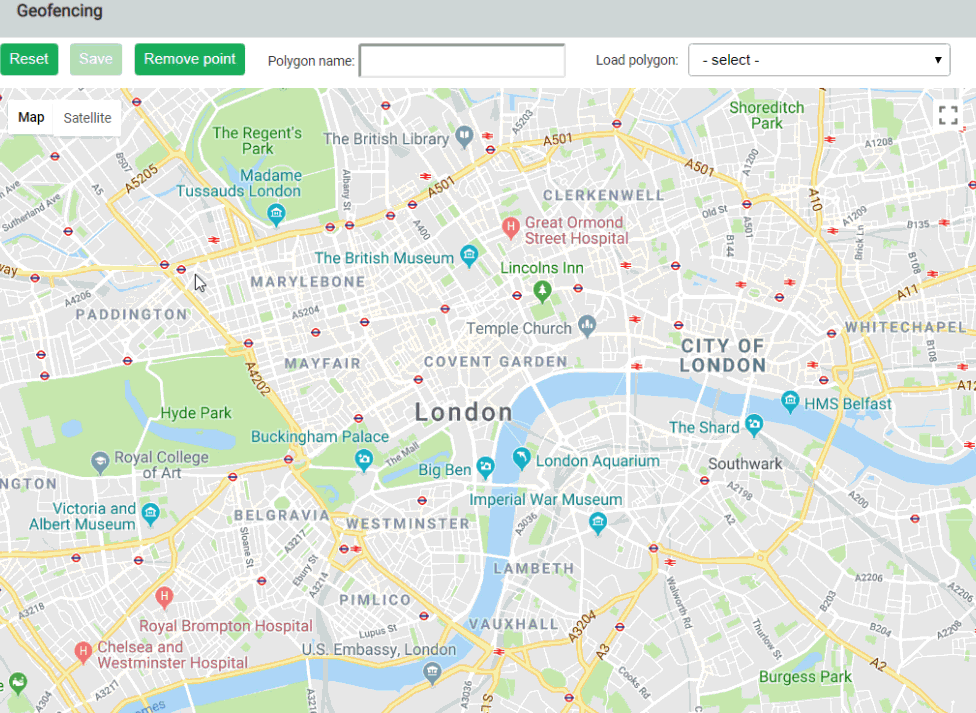
1. Optimized Data and Analytics
Analytics is a critical component of geofencing marketing. It is data-driven, providing actionable information to your marketing team or marketing provider for your next campaign. Geofencing also provides real-time data to your team.
2. Improve User Engagement
Based on the data you collect; you can improve your campaigns and increase user engagement rates. You’re also learning which calls-to-action (CTAs) and ad copy are most effective in your target market. In short, you’re honing your audience in order to achieve better results.
3. Increase Shopper Loyalty
To build and maintain consumer loyalty, use geofencing marketing. It costs ten times more to acquire a new customer than it does to keep an existing one. That is why establishing shopper loyalty is so important in today’s market. Geofencing marketing can benefit your business without always offering promotions or discounts.
4. Target Users at the Location
You can target users while they are in the target location using geofencing. They could be using their smartphone, tablet, or laptop to play apps or browse websites when they see your ads. So you can target them and speak to them while they are present.
5. You can Create Precisely Targeted, High-Quality Content
High-quality content remains the most effective way to boost your marketing success. When you cast a wide geographic net for your content publication, it is less likely to resonate with so many different people from so many different places. Geofencing marketing encourages more precisely constructed content aimed at a specific consumer base, ultimately strengthening your company’s brand image within the targeted area.
6. Connect with the Customers that are Most likely to do Business with you
Many businesses sell online, and your brand may rely heavily on customer orders from locations other than your physical store. Local customers in your community, on the other hand, are the backbone of your brand’s longevity. Your geofencing marketing efforts can help you build a strong local following that you can grow over time, and you can create more geofences if you open multiple retail locations.
7. Geofencing Marketing is Cheap and Effective
If your marketing team is already using the Google AdWords platform, then your company has the tools it needs to launch an effective geofencing marketing campaign. Google allows businesses to set location-based parameters for their paid ads and business listings at no additional cost. You can target your paid ads to appear in international territories, the United States and Canada, a specific region, a single state, or a mileage radius you specify.
8. Geofencing Marketing can Elevate Data-Gathering Efforts
When you tailor your marketing strategy to a specific geofenced area, you collect more detailed data from customers than you would from a broader digital marketing campaign. When a customer visits your retail store as a result of a geofenced advertisement, you can collect information such as visit duration, spending, messaging effectiveness, and much more.
9. Geofencing Marketing Strategy can Enable your brand to deliver more customized experiences to your target audience
The data gathered from a geofencing marketing campaign can assist your marketing team in developing content and promotions that are more closely aligned with the preferences, needs, goals, and interests of your targeted customers.
10. Keeping your Geofence Small Results in more Precisely Targeted Marketing
When you connect on a personal level with a local audience, you automatically improve your brand’s image with those potential customers. When customers know your brand is in touch with their local lifestyle, community, and topical issues, you create a stronger impression that increases the likelihood of that customer returning to do business with you in the future.
In a Nutshell
You may require a little more at times to remain relevant to your customers. Geofencing is one method for ensuring your network is where it should be. Any brand with a physical retail location as well as a digital presence should be aware of how geofencing marketing works and the potential benefits of implementing this type of marketing strategy. A geofencing marketing campaign helps to build a brand’s local following and credibility over time, and business leaders can expand their organizations physically and digitally with greater confidence thanks to detailed geofencing marketing campaigns.
If you’re trying to increase traffic to your physical locations. Geofences around each location that entice customers with limited-time promotions are fantastic tools for leveraging location data in your favor in this case. One of the most appealing aspects of geofencing technology is its low cost. Neither Facebook nor Google AdWords charge a fee for geofencing functionality. Simply select your target locations, create your campaign, and monitor the results.


